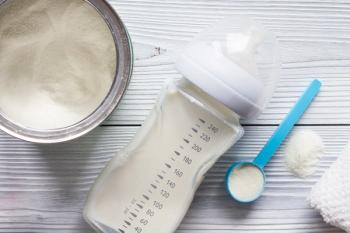
How processed are children's lunches?
Processed foods have continued to be a big part of the everyday diet, even with research showing how unhealthy they are. A study examines how much processed food ends up in a child’s lunch and school snacks.
A trip to the grocery store will clearly illustrate the increasing number of processed foods available with new types of cookies, crackers, and other snacks seeming to pop up every week. These foods are specifically engineered to be as tempting as possible, but consuming a lot of them has been linked to adverse physical outcomes in children. A
The investigators looked at children in 3rd and 4th grade in public elementary schools in Massachusetts. The Great Taste Less Waste program is a 22-lesson classroom curriculum that also includes homework activities, school-wide announcements, food demonstrations, and a poster contest for the children. For parents, the program includes a monthly parent newsletter as well as a food shopping and packing guide. Photos of food were used to estimate the calorie content of the foods children brought to school. The food was also assigned to a processing level: less processed or unprocessed, moderately processed, or highly processed.
A majority of the food that children brought to school was considered highly processed and accounted for 70% of the food energy. Snack foods and desserts provided the greatest percentage of total energy in the highly processed category at both baseline and follow-up (72% and 69%, respectively). When compared to food meant for lunchtime such as sandwiches, items that were brought in for snacks were more highly processed. The intervention appeared to have no significant differences between consumption before the intervention and after it with the percentage of energy that was from processed foods in adjusted models (β: −1.1, standard error: 2.2, P = .6).
Investigators concluded that processed food was very prevalent in food brought to school, particularly with snack food choices; this continued even after an intervention. They urged further research into identifying strategies that can improve the healthfulness quality of foods brought for lunch and snack. Until those strategies are determined, clinicians can discuss good nutrition habits at well-child visits and why processed foods should not be a common part of a child’s diet.
Reference
Blondin S, AlSukait R, Bleiweiss-Sande R, Economos C, Tanskey L, Goldberg J. Processed and packed: how refined are the foods that children bring to school for snack and lunch?. J Acad Nutr Diet. 2021;121(5):883-894. doi:10.1016/j.jand.2020.07.017
Newsletter
Access practical, evidence-based guidance to support better care for our youngest patients. Join our email list for the latest clinical updates.








